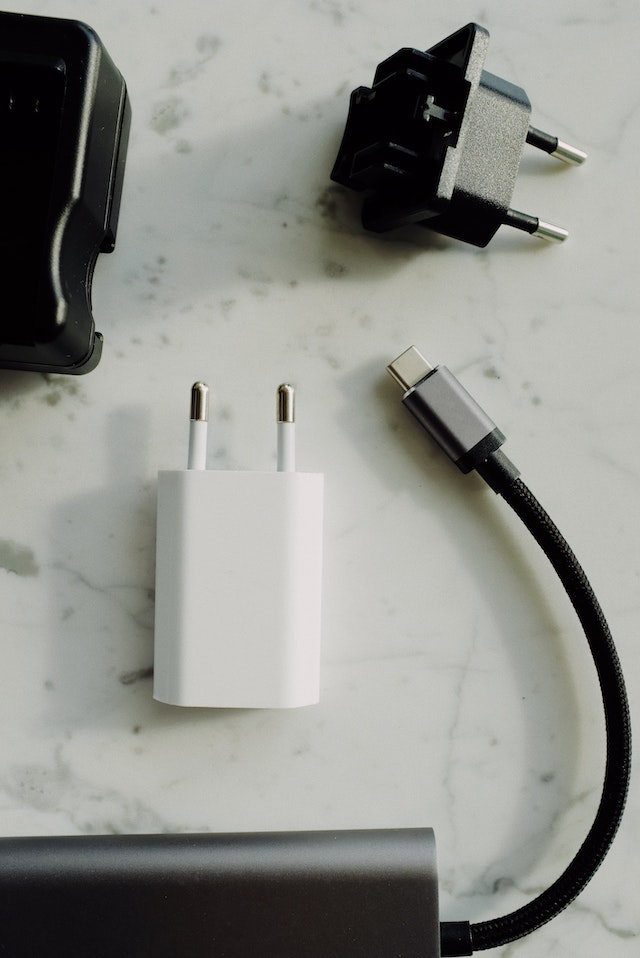Introduction
In today’s world, where energy costs are rising and environmental concerns are ever-present, the concept of free electricity might seem like a pipe dream. However, with advancements in technology and a growing focus on sustainability, there are ways to tap into the power of nature to generate electricity without a hefty monthly bill. In this blog, we will explore the exciting possibilities of free electricity and how you can harness it for your benefit.
- Solar Power: Capturing Sunshine
Solar power is one of the most well-known methods of generating free electricity. It harnesses the energy of the sun by converting sunlight into electricity using photovoltaic (PV) cells. Here’s how it works:
- Solar Panels: Solar panels, usually installed on rooftops, capture sunlight and convert it into direct current (DC) electricity.
- Inverters: Inverters then convert DC electricity into alternating current (AC), which is the type of electricity used in homes and businesses.
- Net Metering: Excess electricity generated by your solar panels can be fed back into the grid, earning you credits or even a check from your utility company.
- Wind Power: Harnessing the Breeze
Wind power is another fantastic source of free electricity. Wind turbines, often seen in rural areas, convert the kinetic energy of the wind into electricity. Key points include:
- Wind Turbines: These machines have blades that rotate when the wind blows. This rotation powers a generator, producing electricity.
- Location Matters: The effectiveness of wind power depends on your location. Areas with consistent, strong winds are ideal for wind turbine installations.
- Off-Grid Solutions: In remote locations, wind turbines can provide off-grid electricity, reducing dependence on traditional power sources.
- Hydroelectric Power: Flowing Energy
Hydroelectric power taps into the energy of flowing water to generate electricity. While it may not be suitable for everyone, it offers a promising source of free electricity:
- Dams and Rivers: Large-scale hydroelectric power plants are often built near dams and rivers. The force of the water turning turbines generates electricity.
- Micro Hydro: In some areas, micro hydro systems can be set up in streams or small rivers to provide power for homes or small communities.
- Environmentally Friendly: Hydroelectric power is considered environmentally friendly because it doesn’t produce greenhouse gas emissions.
- Biomass Energy: Nature’s Recycling
Biomass energy involves using organic materials, such as wood, agricultural residues, and even municipal solid waste, to produce electricity. Here’s how it works:
- Combustion: Biomass materials are burned to produce heat.
- Steam Generation: The heat is used to boil water and create steam.
- Steam Turbines: The steam is then used to turn turbines, which generate electricity.
- Geothermal Energy: Earth’s Heat
Geothermal energy harnesses the heat stored beneath the Earth’s surface. This is how it’s done:
- Geothermal Wells: Wells are drilled deep into the Earth, tapping into hot water and steam reservoirs.
- Steam Turbines: The steam from these wells is used to turn turbines and generate electricity.
- Consistent and Reliable: Geothermal power is reliable, as it’s not dependent on weather conditions like solar and wind power.
